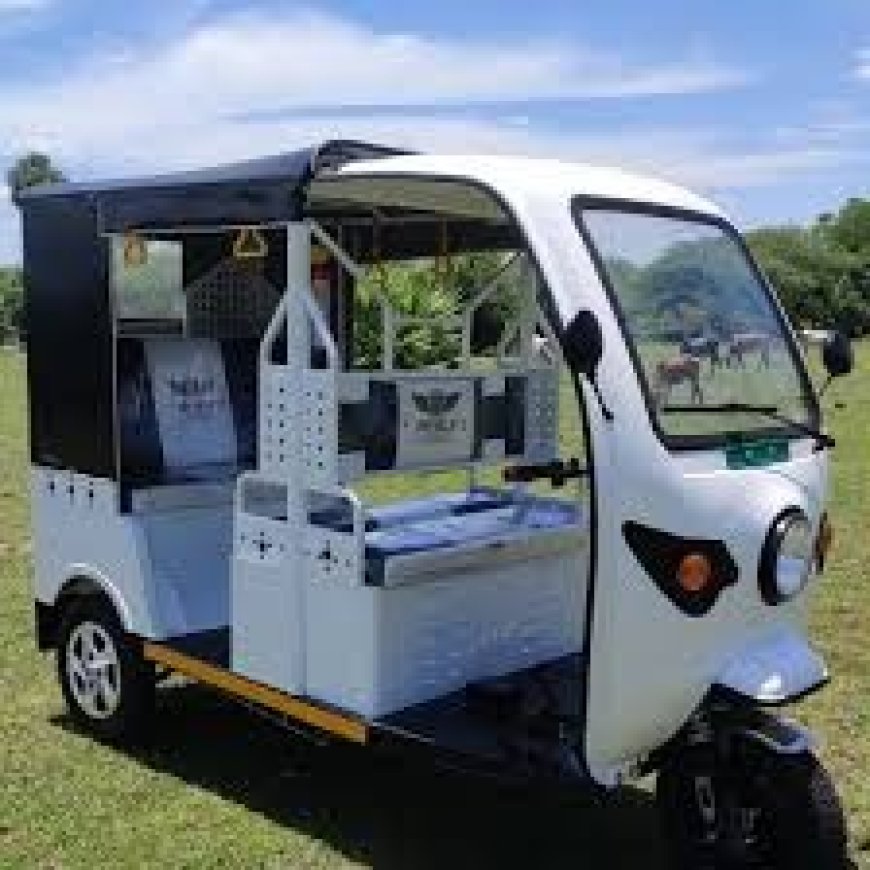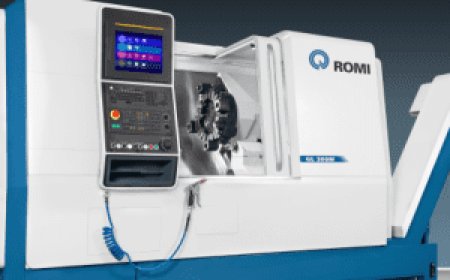Setting up a E-Rickshaw Manufacturing Plant Report 2025- Cost Analysis
E-Rickshaw Manufacturing Plant Industry Trends, Plant Setup, Machinery, Raw Materials, Investment Opportunities, Cost and Revenue

IMARC Groups E-Rickshaw Manufacturing Plant Project Report 2025: Industry Trends, Plant Setup, Machinery, Raw Materials, Investment Opportunities, Cost and Revenue report provides a comprehensive guide on how to successfully set up a e-rickshaw manufacturing plant. The report offers clarifications on various aspects, such as unit operations, raw material requirements, utility supply, infrastructural needs, machinery models, labour necessities, transportation timelines, packaging costs, etc.
In addition to the operational aspects, the report also provides in-depth insights into e-rickshaw manufacturing plant setup cost, project economics, encompassing vital aspects such as capital investments, project funding, operating expenses, income and expenditure projections, fixed and variable costs, direct and indirect expenses, expected ROI, net present value (NPV), profit and loss account, and thorough financial analysis, among other crucial metrics. With this comprehensive roadmap, entrepreneurs and stakeholders can make informed decisions and venture into a successful e-rickshaw manufacturing unit.
Request a Sample Report: https://www.imarcgroup.com/e-rickshaw-manufacturing-plant-project-report/requestsample
What is E-Rickshaw?
An E-Rickshaw, also known as an electric rickshaw, is a battery-powered three-wheeled vehicle primarily used for passenger or light goods transportation. It offers an eco-friendly alternative to traditional auto-rickshaws and cycle rickshaws by using electric power instead of fossil fuels. These vehicles are especially popular in urban and semi-urban areas due to their affordability, low maintenance, and suitability for short-distance travel. E-Rickshaws usually consist of a robust tubular frame, a battery pack, electric motor, and a simple mechanical transmission system. With seating for three to four passengers, they provide a low-cost, efficient, and silent mode of transport. As government initiatives across countries push for green mobility solutions, E-Rickshaws are gaining popularity as they contribute to reducing air pollution and dependence on petrol or diesel. Their growing adoption is also fostering self-employment opportunities, especially in developing nations, making them a significant player in last-mile connectivity.
Market Trend and Drivers of E-Rickshaw:
E-Rickshaws are driven by an electric motor powered by a rechargeable battery, typically lead-acid or increasingly lithium-ion batteries. The motor's power rating usually ranges between 650 to 1400 watts, which is sufficient for short-distance urban commutes and moderate loads. The energy stored in the battery is transmitted to the motor, which in turn drives the rear wheels via a simple differential mechanism or chain drive. Most E-Rickshaws can cover 70100 kilometers on a single charge, depending on battery capacity, road conditions, and load. The vehicle also includes a controller unit that manages speed, acceleration, and braking through a basic throttle mechanism. Charging is done via a standard electrical outlet and generally takes 68 hours. This straightforward yet efficient mechanism makes E-Rickshaws low-cost, low-maintenance, and ideal for regions with dense populations and limited public transportation options. Technological advancements and better battery management systems continue to improve their efficiency and reliability.
Key Aspects to Setup a E-Rickshaw Plant:
- Location to Setup Plant
- Market Research
- Plant Layout
- Construction and Infrastructure
- Equipment/Machinery Procurement
- Documentation and Licenses
- Cost Analysis
Requirements to Setup a Facility:
- Funds
- Machinery
- Lands
Types of Costs to Setup a Factory:
- Land, Location and Site Development Cost
- Plant Layout Cost
- Machinery Requirements and Costs
- Raw Material Requirements and Costs
- Packaging Requirements and Costs
- Transportation Requirements and Costs
- Utility Requirements and Costs
- Human Resource Requirements and Costs
Project Economics:
- Capital Investments
- Operating Costs
- Expenditure Projections
- Revenue Projections
- Taxation and Depreciation
- Profit Projections
- Financial Analysis
Key Questions Answered in the Report:
- How has the e-rickshaw market performed so far and how will it perform in the coming years?
- What is the market segmentation of the global e-rickshaw market?
- What is the regional breakup of the global e-rickshaw market?
- What are the price trends of various feedstocks in the e-rickshaw industry?
- What is the structure of the e-rickshaw industry and who are the key players?
- What are the various unit operations involved in a e-rickshaw manufacturing plant?
- What is the total size of land required for setting up a e-rickshaw manufacturing plant?
- What is the layout of a e-rickshaw manufacturing plant?
- What are the machinery requirements for setting up a e-rickshaw manufacturing plant?
- What are the raw material requirements for setting up a e-rickshaw manufacturing plant?
- And more
How IMARC Can Help?
IMARC Group is a global management consulting firm that helps the worlds most ambitious changemakers to create a lasting impact. The company provide a comprehensive suite of market entry and expansion services. IMARC offerings include thorough market assessment, feasibility studies, company incorporation assistance, factory setup support, regulatory approvals and licensing navigation, branding, marketing and sales strategies, competitive landscape and benchmarking analyses, pricing and cost research, and procurement research.
Services:
- Plant Setup
- Factoring Auditing
- Regulatory Approvals, and Licensing
- Company Incorporation
- Incubation Services
- Recruitment Services
- Marketing and Sales
Contact Us:
IMARC Group
134 N 4th St. Brooklyn, NY 11249, USA
Email: sales@imarcgroup.com
Tel No:(D) +91 120 433 0800
United States: +1-631-791-1145











































